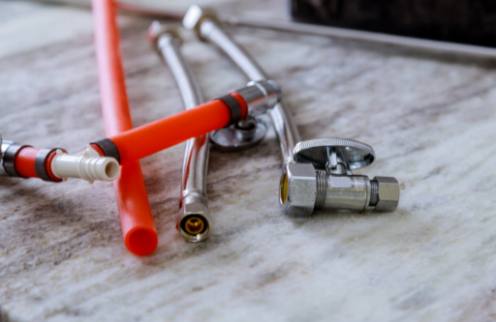Why DIY Toilet Repair is Essential for Every Homeowner
22 November 2025 by Billie O.Maintaining a fully functional toilet is a crucial aspect of home ownership, and being able to perform DIY repairs can save homeowners time and money. Understanding the basics of toilet mechanics, the essential tools needed for repair, and common toilet issues and their fixes are all key to keeping your bathroom in top condition. In this article, we will explore the importance of DIY toilet repair, how to handle preventive maintenance, and when it's necessary to call in a professional plumber. By learning these skills, homeowners can not only save on costly repair bills, but also feel empowered to tackle common toilet issues on their own.

Understanding the Basics of Toilet Mechanics
Understanding the basics of toilet mechanics is essential for any homeowner looking to tackle DIY toilet repair. From the fill valve to the flush valve, and the float mechanism to the tank and bowl, each component plays a crucial role in the overall functionality of the toilet. By familiarizing oneself with these components, homeowners can confidently take on toilet repair tasks and maintain their toilets in good working condition.Essential Tools for DIY Toilet Repair
As a homeowner, being able to perform DIY toilet repairs can save you time and money, as well as provide a sense of empowerment and independence. However, in order to successfully complete these repairs, you will need to have the essential tools on hand. Some of these tools include a plunger, an adjustable wrench, a toilet auger, a screwdriver, and a pair of rubber gloves. Additionally, it is important to have a bucket, a sponge, and some towels to clean up any messes that may occur during the repair process. By having these tools readily available, you can quickly and efficiently address any toilet issues that may arise in your home.Common Toilet Issues and How to Fix Them
Here are some common toilet problems and how you can fix them:1. Clogged Toilet: One of the most common issues homeowners face is a clogged toilet. To fix this, try using a plunger to dislodge the clog. If that doesn't work, a toilet auger can be used to break up and remove the obstruction.
2. Running Toilet: A running toilet can waste a significant amount of water and result in higher utility bills. This issue is often caused by a faulty flapper or valve. Replacing these components can usually solve the problem.
3. Leaking Toilet: A leaking toilet can lead to water damage and mold growth. Check the bolts and gaskets that hold the tank to the bowl, as well as the wax ring at the base of the toilet. Replacing these parts can often stop the leak.
4. Weak Flush: If your toilet isn't flushing properly, there may be mineral buildup in the rim feed and siphon jet. Using a toilet brush with stiff bristles or a wire hanger to clear out these obstructions can improve the flushing power.
5. Noisy Toilet: A noisy toilet can be a nuisance, especially if it disrupts your sleep. Often, this is caused by a worn-out fill valve or ballcock. Replacing these components can quiet down your toilet. By understanding these common toilet problems and how to fix them, homeowners can save money on costly plumber visits and maintain a functioning toilet in their homes.